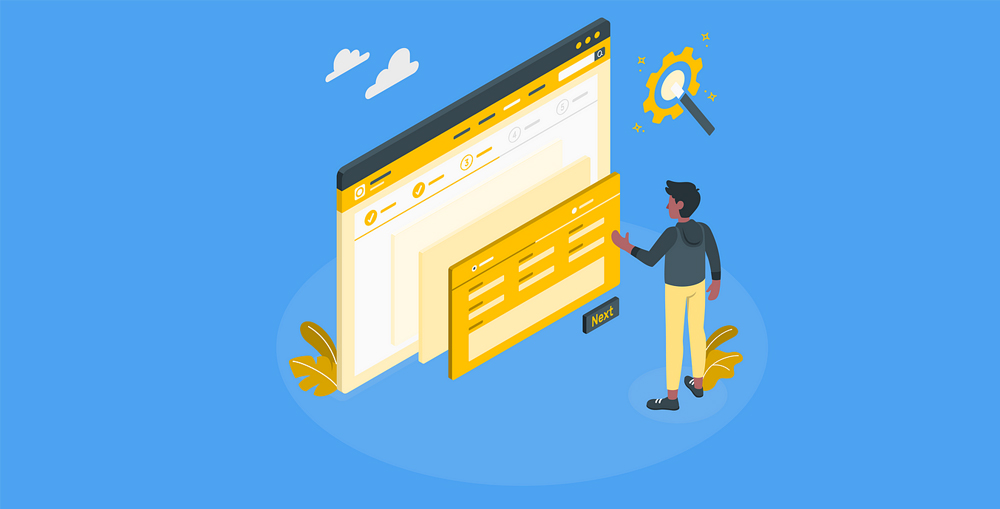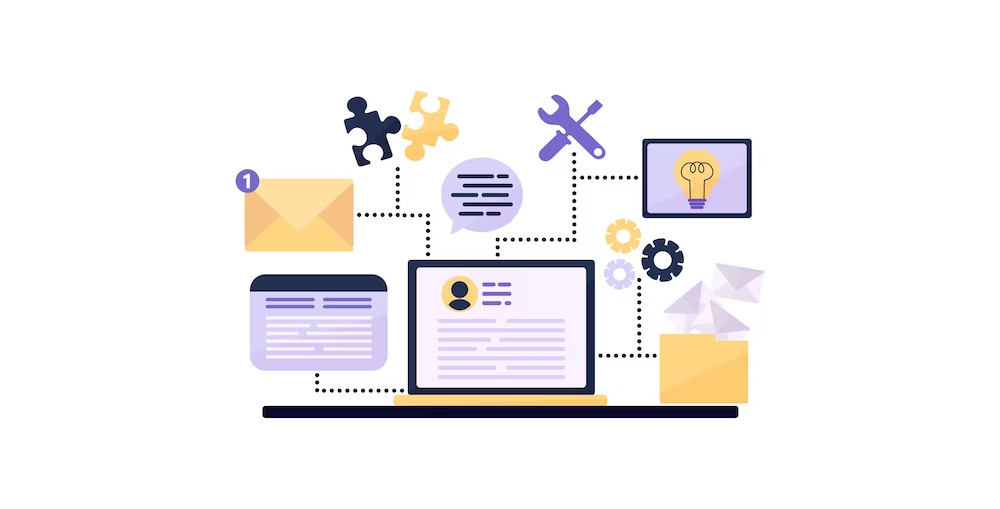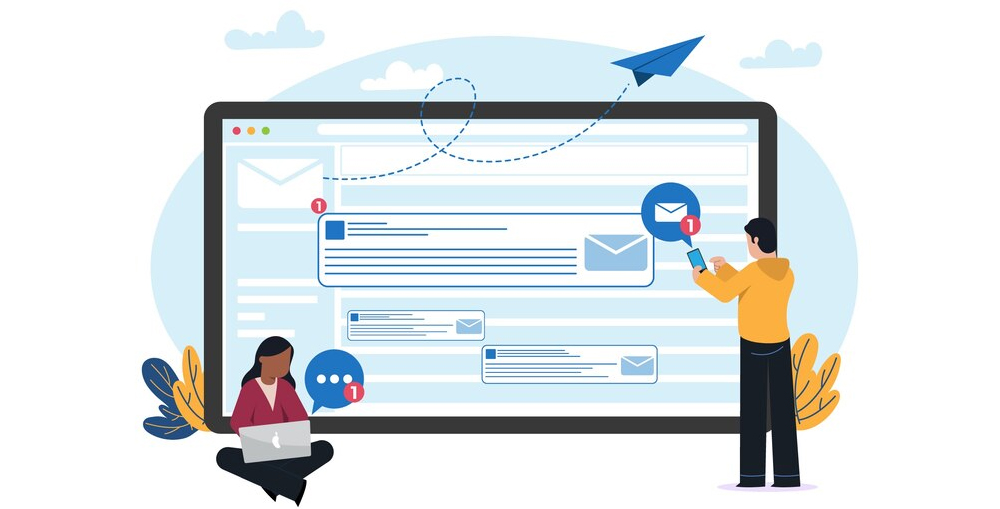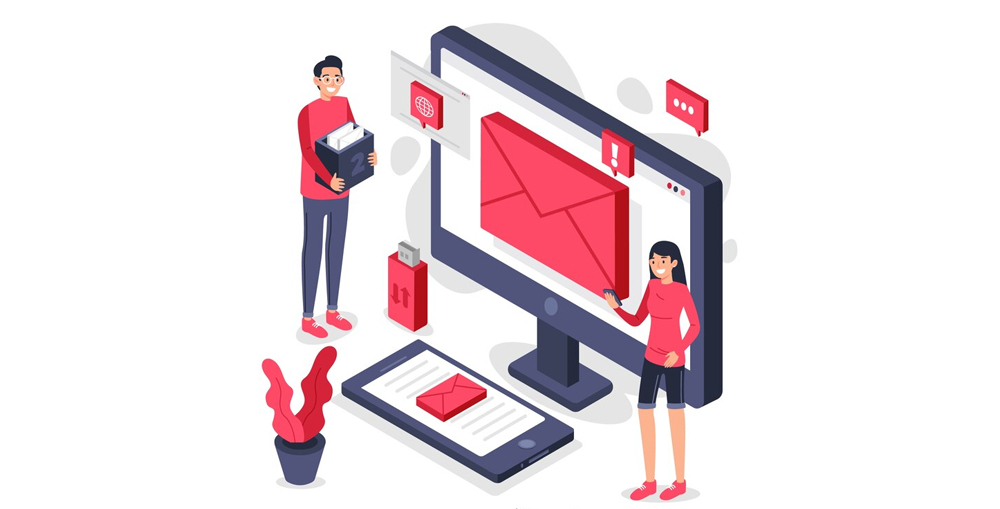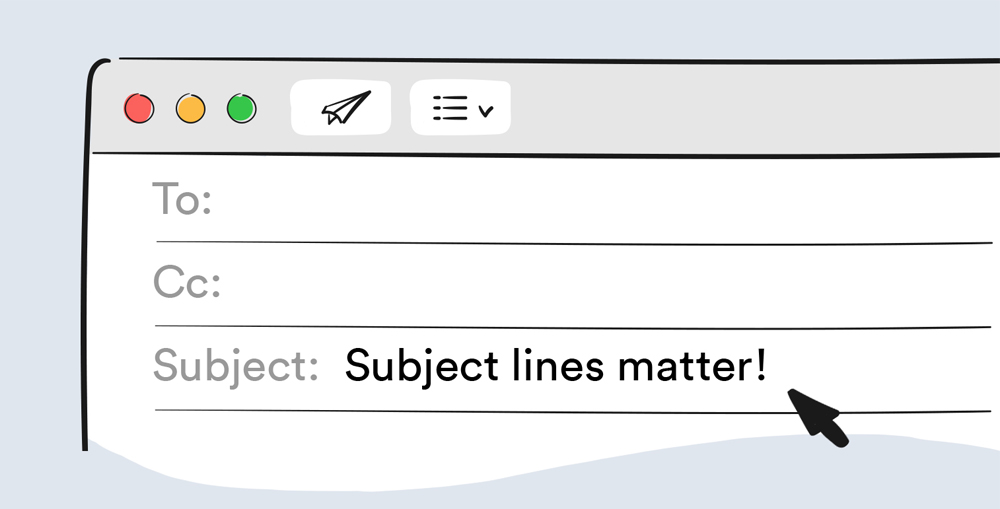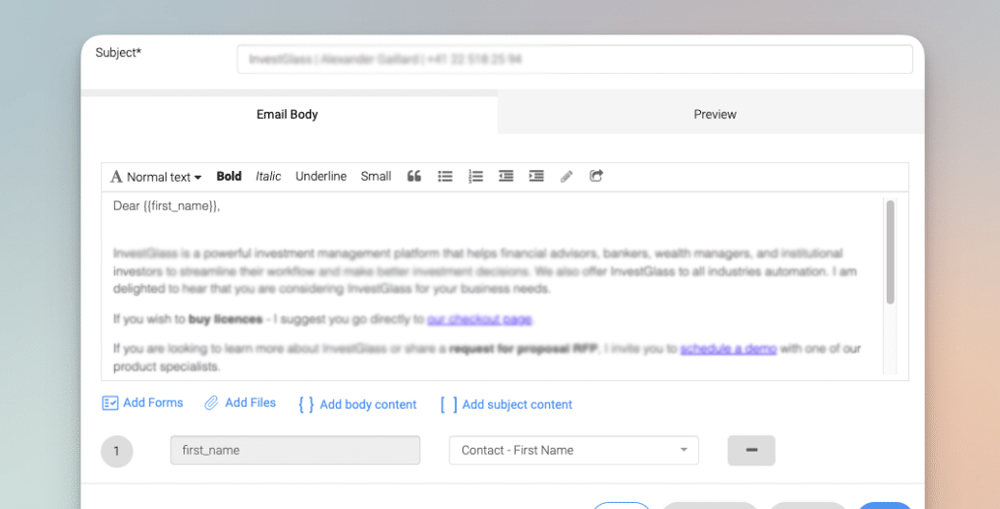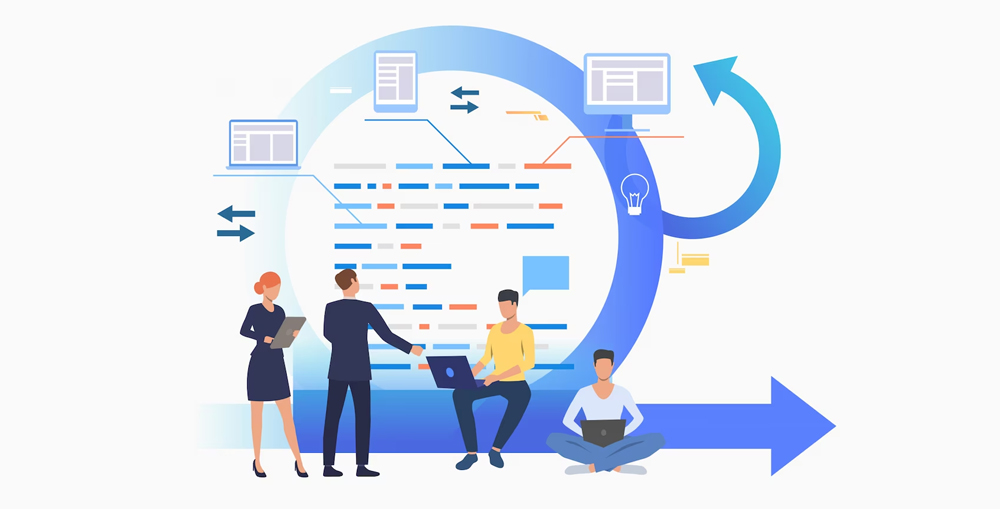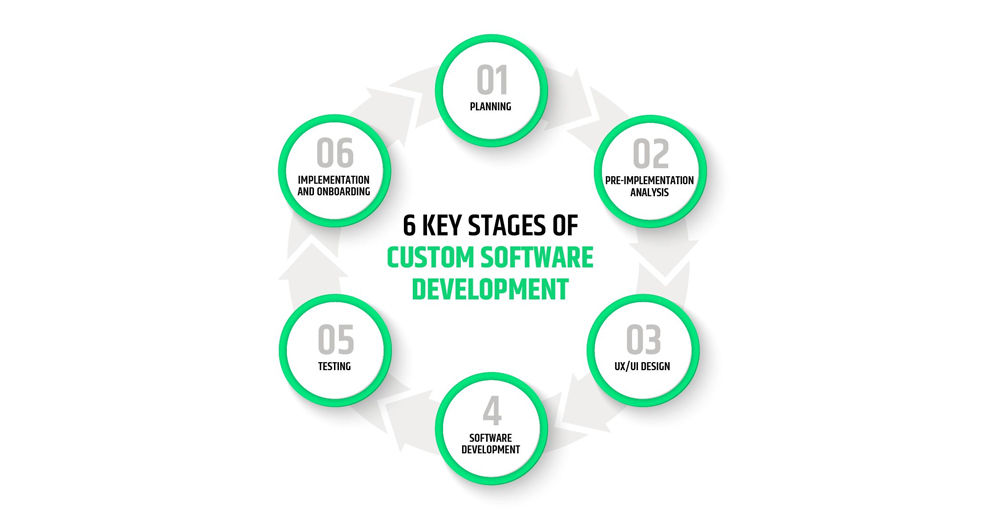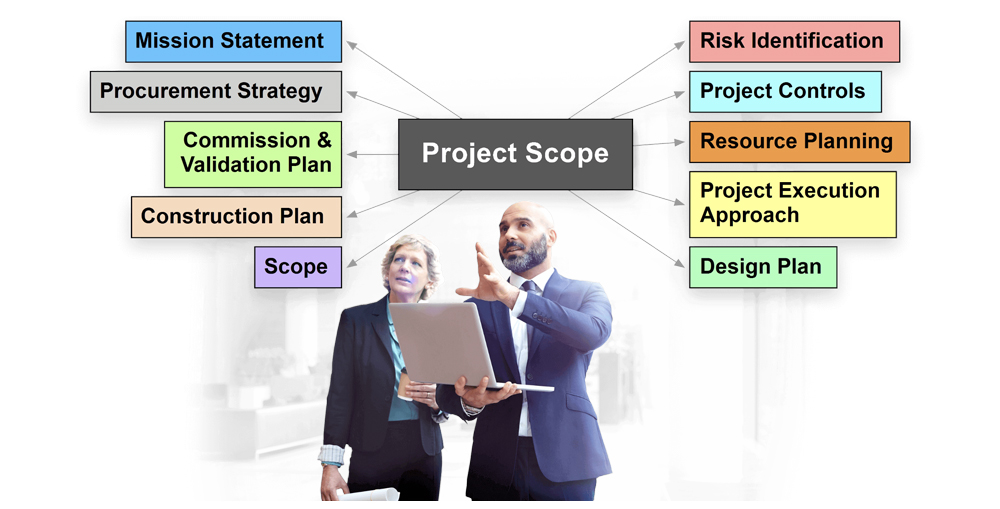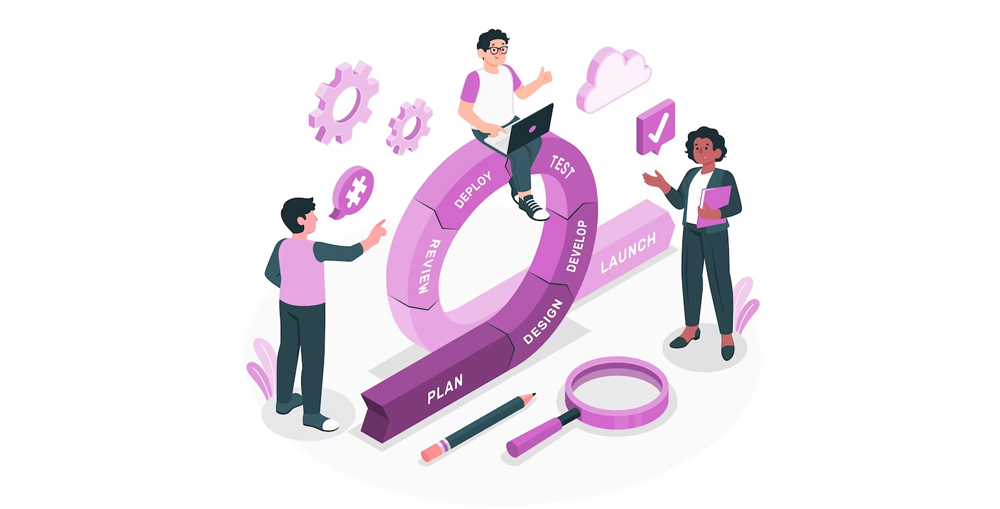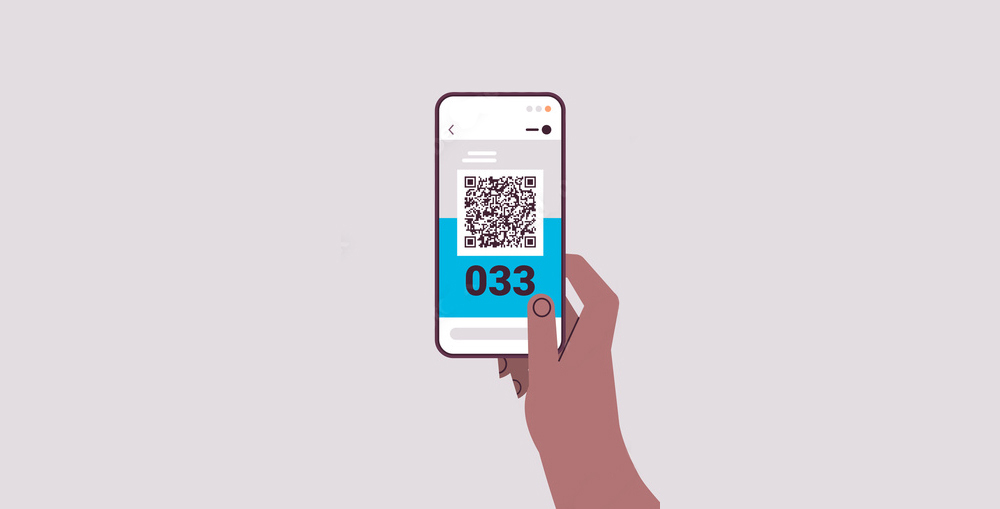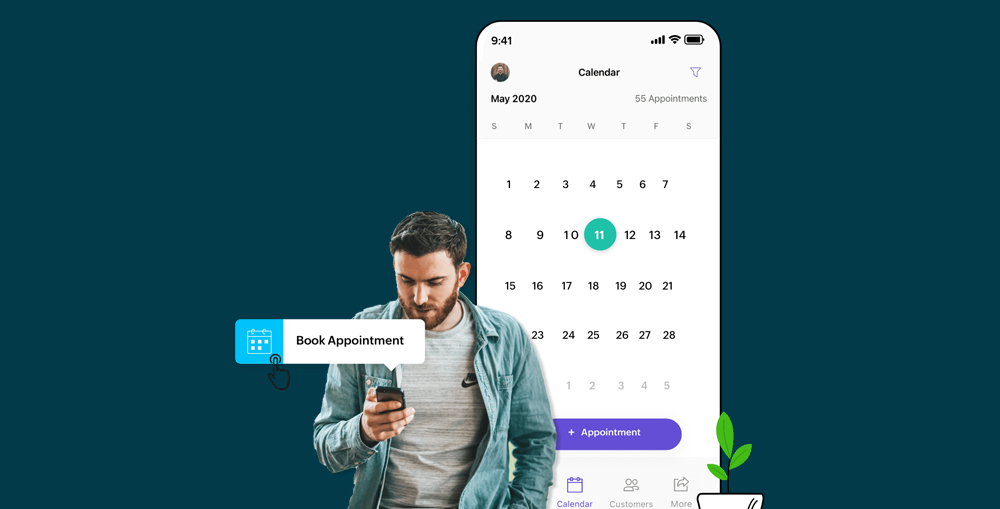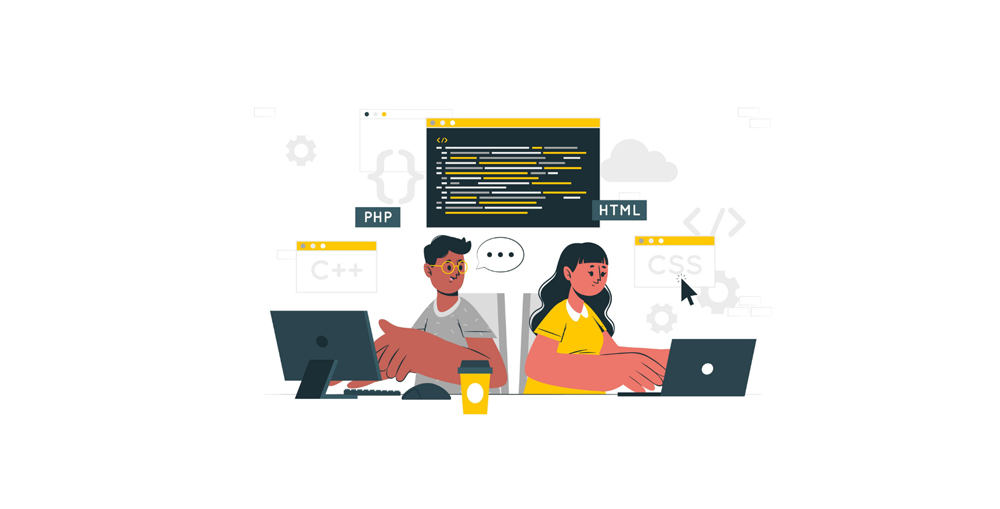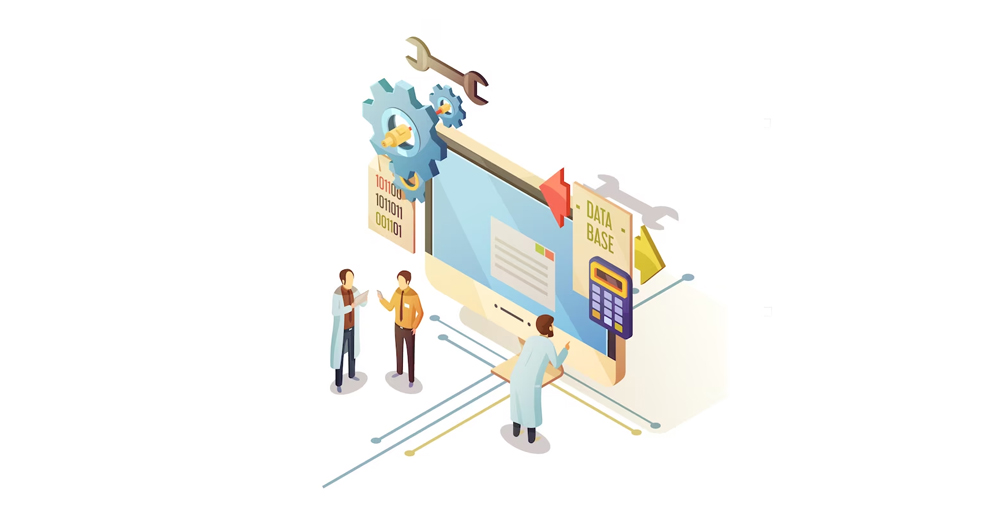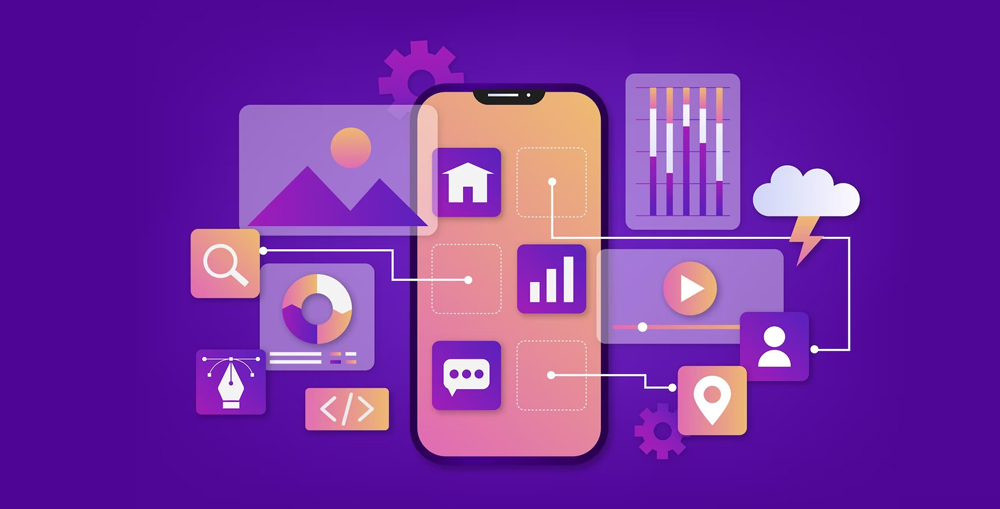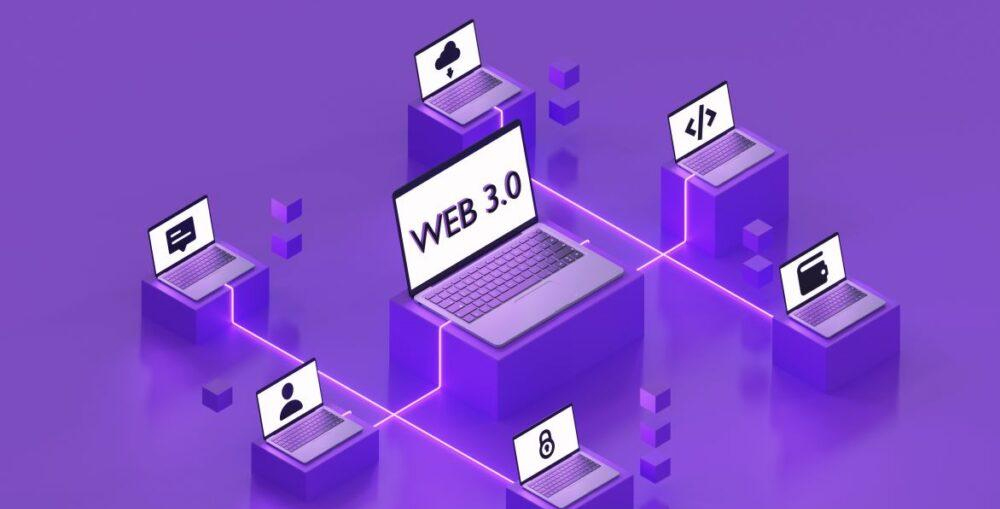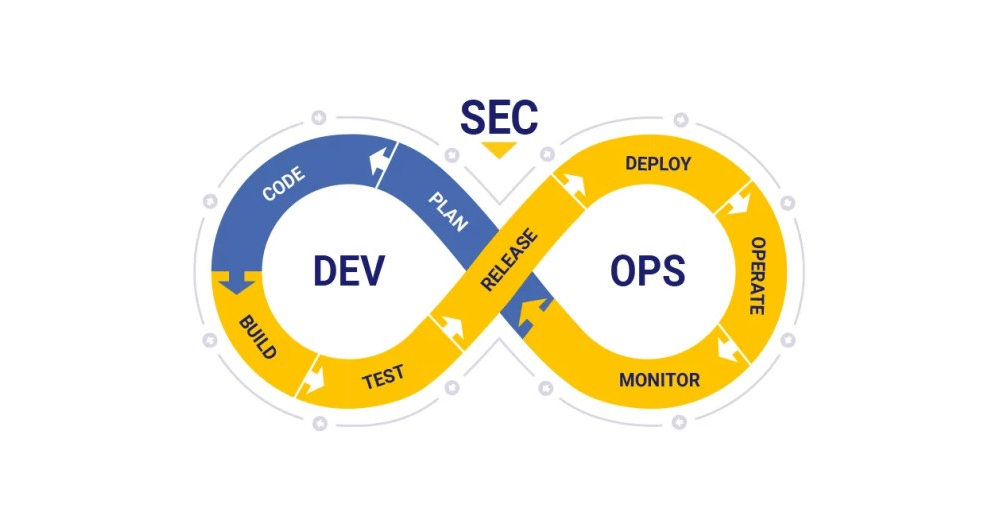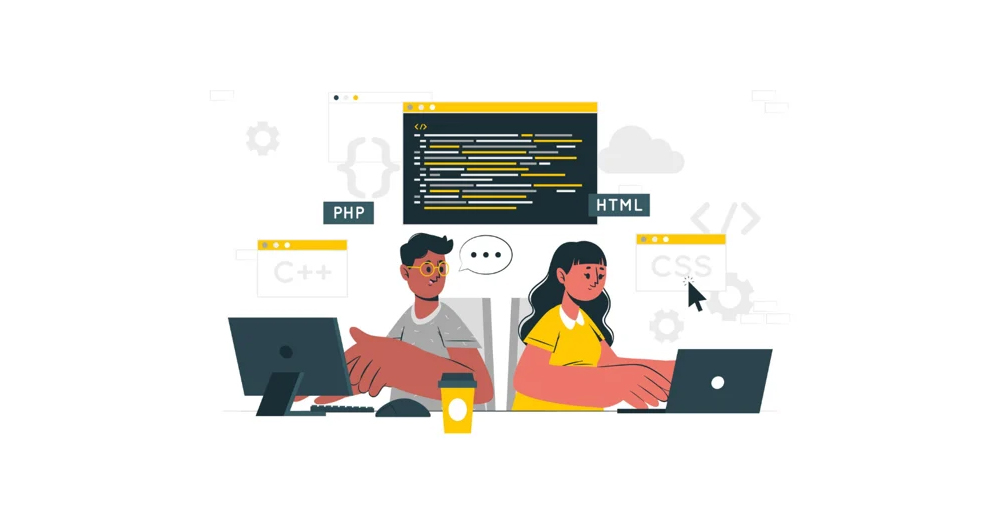The retail industry in UAE is huge, there are thousands of local and international brands who have established businesses and retail store chains all around the country. This means a really tough competition, above all the customers in Dubai, Sharjah, Abu Dhabi and all around the UAE are also very demanding. This means if a retail business wants to succeed and grow then they must have to ensure their customers are having an excellent experience at their stores. Retail businesses invest a huge chunk of their hard-earned profit into managing and enhancing customer experience. Most of it goes directly to the implementation of the technology and digital solutions. The self-service interactive kiosks are one of the most rapidly growing trend in the UAE. Businesses of all sizes and types are implementing digital interactive kiosks to enhance in-store engagement and sales. That is not all businesses and organizations from all industry sectors are implementing self-service interactive kiosks. In this blog we will discuss how retail businesses can leverage the potential of self-service interactive kiosks to elevate customer experience, enhance customer engagement and to boost their sales and profits.

What is an Interactive Kiosk?
An interactive kiosk is a secure touch screen based device which enable customers to perform tasks, avail services, access information and make a purchase without requiring any help from the staff. The interactive kiosks are used to deliver a seamless self-service experience which not only give your customers more freedom and control over their interaction but it also help businesses to improve their operational performance and human resource management. An interactive kiosk consists of a touch screen display, internal computer, a secure enclosure and a management software. Furthermore there are several features which are very common such as thermal printer and various other kinds of printer, Emirates ID scanner, Credit/Debit Card Scanner, RFID, Document Scanner and various other kind of scanners. Some interactive kiosks also have external keyboard and track pad. However, now a days mostly on-screen keyboard is enough with a properly optimized UI for touch screens. The interactive kiosks can be connected to network via LAN, WiFi or cellular network. Different features, design and type of the kiosk depends on business needs, businesses can also have a customized interactive kiosk for their unique needs.
See Also: Introduction to Digital Signage Kiosk and Smart Kiosk
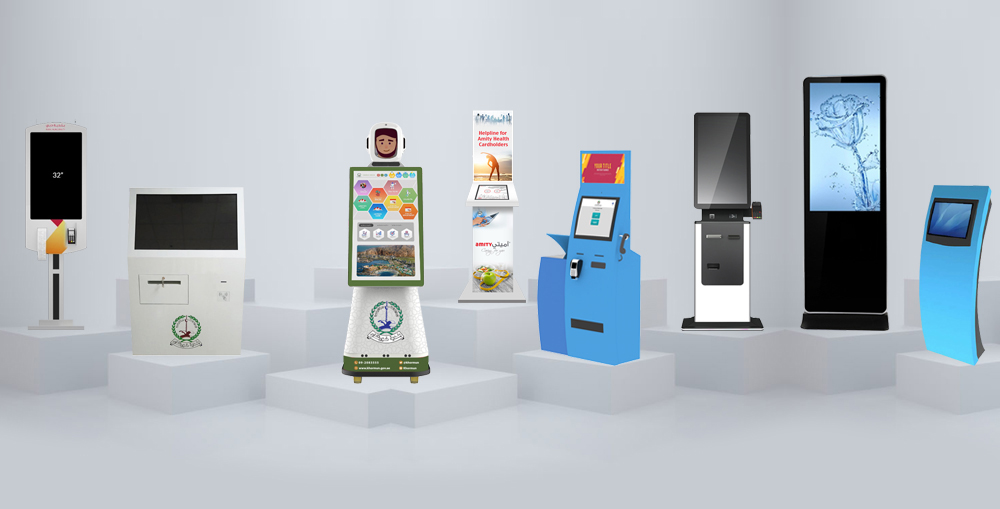
How Businesses can Enhance in-Store Customer Engagement and Sales?
Businesses are now realizing that the customers are valuing experience a lot, thus the focus has shifted from selling only products to selling good experience along. This also means that the customer engagements are becoming more important and impactful, the more a customer is invested in emotionally and physically, the more chances are to convert them to a sale and begin a relationship with them which can be leveraged to attain loyalty and build a strong brand image over it. Before we discuss what factors help increasing customer engagements and improving their experience, it is also worth mentioning what factors are countering to it. For example, the biggest problem a customer faces in retail stores is difficulty in finding the right product and long waiting lines at the cash counters. These two are also main causes of the higher customer churn. The interactive kiosks not only help customers find the right product, but also provide full access to all available items. The self-checkout kiosks help customers purchase an item and quickly checkout without relying on conventional cash counters.
See Also: Payment Kiosk Machine & Self-Service Cash Acceptor Solutions

Where the interactive kiosks are facilitating customers they are also very helpful for businesses. The retail store can use these devices to run their promotions, adverts, marketing and the can easily implement upselling strategies which help them increasing the average sale volume. The retail stores can greatly improve customer experience which ultimately help them building a strong and loyal customer base upon which the businesses can grow and prosper. In this blog we will discuss the key features of interactive kiosks which help retail businesses to enhance in-store customer engagement and boost their sales:
Interactive Kiosk for Retail Business: Quick Service Delivery
In a traditional retail store, the customers usually have to wait for several minutes at cash counters to make the payments. In today’s fast-paced world where the time is one of the most precious commodity, making your customers to wait in long queues will deteriorate their experience. Moreover during the busy hours the long waiting lines are a common sighting at retail stores, during that time offering your customers an alternate checkout channel, much quicker than cash counter could greatly enhance customer experience. The self-checkout retail kiosks are equipped with necessary tools to let customers scan their items and make payments, completely independently. The interactive kiosks comes in multi-lingual user interfaces (UIs) which are very helpful in a multi-cultural society. Furthermore the on-screen instructions and information also make customer journey quicker and simpler. Customers can also access their reward accounts and redeem them if they wanted to. The interactive self-checkout kiosk for retail also enable customers to make payment with multiple payment methods such as some with cash and some with credit/debit card, they can scan discount vouchers and they can redeem their reward points if they want to. These features greatly increase customer happiness and satisfaction.
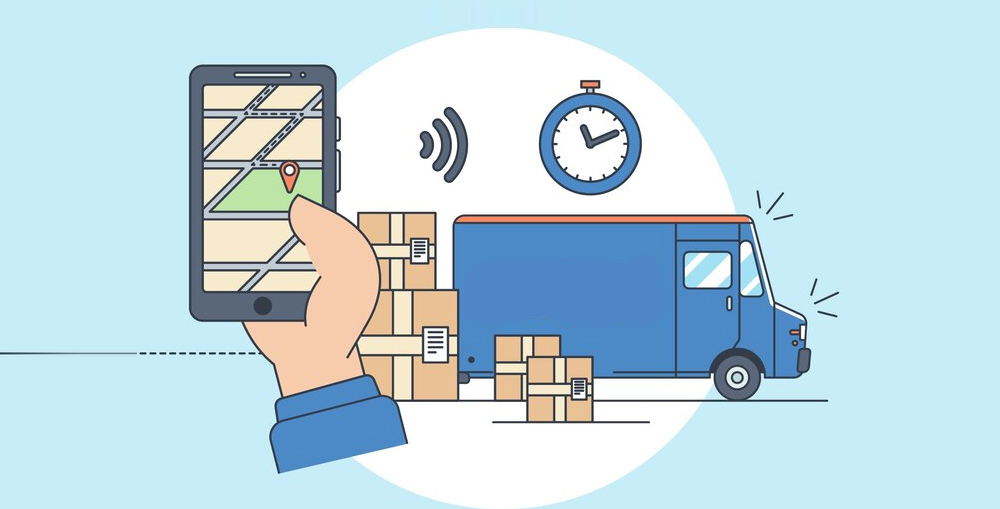
Interactive Kiosk for Retail Business: Better In-Store Experience
The interactive kiosks have bright flashing display often running multimedia content on it which attracts customers and passerby. Businesses can provide access to important information via these self-service interactive kiosks. The customers have endless desires and choices, they tend to compare multiple products before making a purchase decision. That is because there are always multiple options available for the customers, which often make it difficult for them to make a decision. An interactive kiosk can provide customers access to different items along with their descriptions, features and all relevant information and also let them compare both in terms of price and features which help customers quickly take a decision. The interactive kiosks comes with a very powerful software tool which is integrated with other important systems and databases. This integration allow interactive kiosks to provide real-time data and updated information such as it will enable customers to see if the item is available or not, which variants and what stock is available, how much discount they can get, etc. Such information can greatly enhance customer experience and increase in-store engagements.

Interactive Kiosk for Retail Business: Higher Customer Satisfaction
The customers who are using a retail self-checkout interactive kiosk are more likely to be happy and satisfied with their experience. As it is a quicker service channel and it provides easy access to information and content which help customers making their decision quickly. Furthermore these interactive kiosks comes with an intuitive multi-lingual user interface and several other software and hardware based features which are designed to enhance customer experience. A good customer experience means higher customer satisfaction. The customers can easily access to their inventory, compare multiple products and gain full control over their cart. They can add or remove an item whenever they want during the customer journey. It is worth mentioning that not all of your staff would have full knowledge of all of the products, however, the self-service interactive kiosk can provide full details about any product the customer is looking for. Furthermore the businesses can also personalized customer experience based on their demographic data, purchase pattern and much more. All these features are very helpful and add value to customer experience which translates in customer satisfaction.
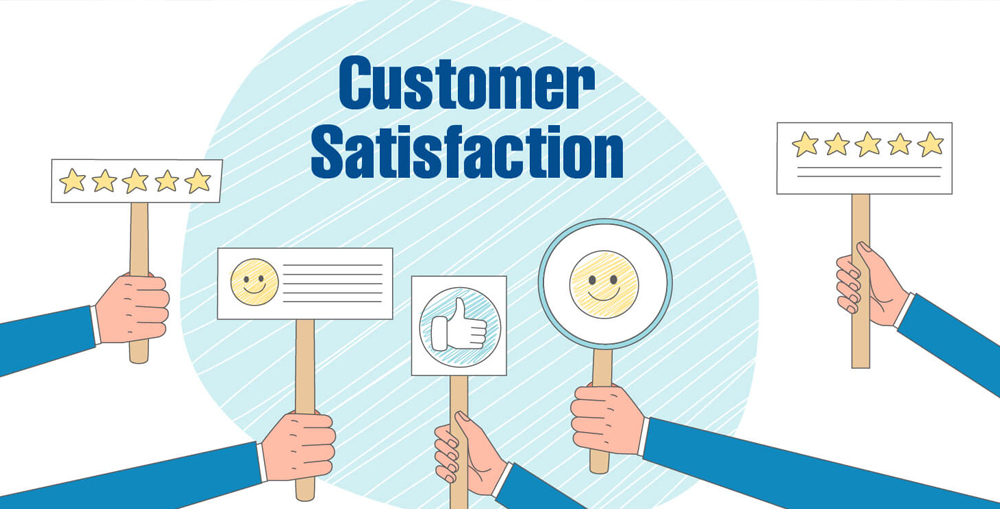
Interactive Kiosk for Retail Business: Better Inventory Management
One of the biggest advantage of self-checkout interactive kiosks is that they can very capable tool of collecting analytical and statistical data which can drastically improve your management and decision making processes. The interactive kiosk software features smart algorithms which are very capable of collecting business intelligence data and converting it into actionable reports which reports can be integrated in decision making process to make informed decisions. Businesses can not only understand which products or which variants are more in demand, but they can also acquire a deeper understanding of individual customer behavior which can help them personalized customer experience while they are interacting at the kiosk or other channels. The system can automatically make suggestions for products, add-ons and promotions as per the customer liking and past purchase pattern which can greatly increase the chances of sale and also enhance customer experience and raise their satisfaction. The businesses intelligence data also help businesses to prepare their inventory as per the customer trends and also help them improve the accessibility and visibility of the products which also help increasing sales.

Interactive Kiosk for Retail Business: Boost Performance and Productivity
The self-checkout kiosk, information kiosk, interactive signage and any other interactive kiosks are designed to aid the staff. Most businesses often think that these devices could replace the staff, but that is not correct. The interactive kiosks are meant to enhance customer experience and boost staff efficiency. With the implementation of self-checkout counters, informational kiosks and interactive signage businesses can lift heavy workload from the staff which not only provide a quicker alternate channel but also help the staff to focus more their primary tasks which enable them to deliver excellent customer service and improved customer experience. The implementation of interactive kiosks at a retail business also help management optimizing the human resource and help them leveraging the full potential of their staff. The interactive kiosks keep customers engaged while providing them all the information they want, businesses can also put videos, photos, and multimedia content to provide more details. This let your staff free from most of customer enquiries and allow them to focus on more productive tasks. High performing staff and a productive operation is a key to long term success and higher profitability.

Conclusion
Retail businesses in Dubai, Sharjah, Abu Dhabi and everywhere in UAE knows very well that their customers often have multiple options and they can switch quickly. In fact on bad experience is enough to send your customer to a competitor. This demands highest level of service and high-performing operation. A good customer experience is a key to customer satisfaction, now a days customers tend to prefer businesses and brands who offer them better experience. The interactive kiosks are a great way to enhance in-store customer engagements. Businesses can utilize a variety of different interactive kiosks for different purposes. The information kiosks are usually placed in different sections and the customers can quickly access information about the products in that particular section, they can also explore other sections and get real-time inventory and stock updates, prices, promotions and much more right from the kiosk.
Businesses often put interactive self-checkout kiosks where the customer can scan their cart, make payments, and perform several other tasks and all that is completely self-service. This empowers customers, gives them more control and also help businesses improving human resource management. All these benefits of interactive kiosks can greatly enhance customer experience and boost sales. If you want to learn more about the subject or if you want our help to design a customized interactive kiosk for your business, please feel free to contact us through our Contact Us page or leave a comment in the comment box below and we will get in touch with you soon.

